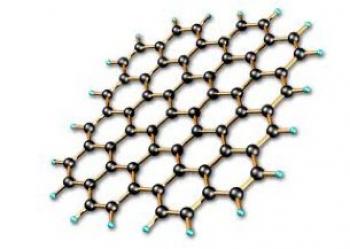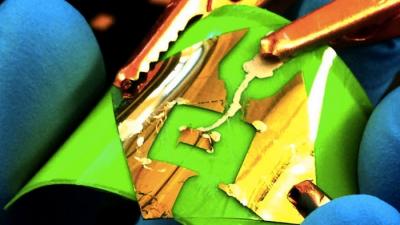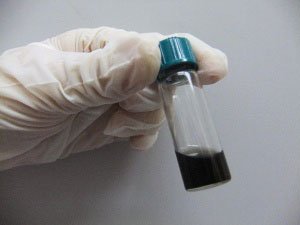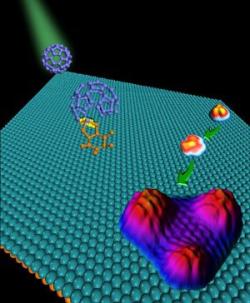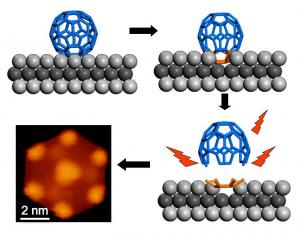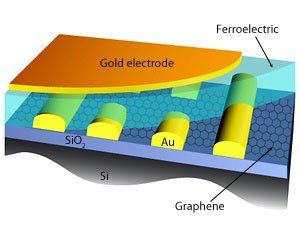Grafoid raises $3.5 million from private investors on the way to MesoGraf mass production
 Grafoid announced today that they completed a new funding round from private investors, raising just over $3.5 million USD. Earlier in 2013 the company raised a further $1.5 million, which means the company raised over $5 million USD since the beginning of 2013.
Grafoid announced today that they completed a new funding round from private investors, raising just over $3.5 million USD. Earlier in 2013 the company raised a further $1.5 million, which means the company raised over $5 million USD since the beginning of 2013.
The company says that this financing round brings them a step closer to the consruction of their MesoGraf production facilities. Mesograf is Grafoid's graphene-based material announced two months ago. Grafoid collaborates with the National University of Singapore (NUS) and their new spin-off company Graphite Zero on the production, development and marketing of this material.
